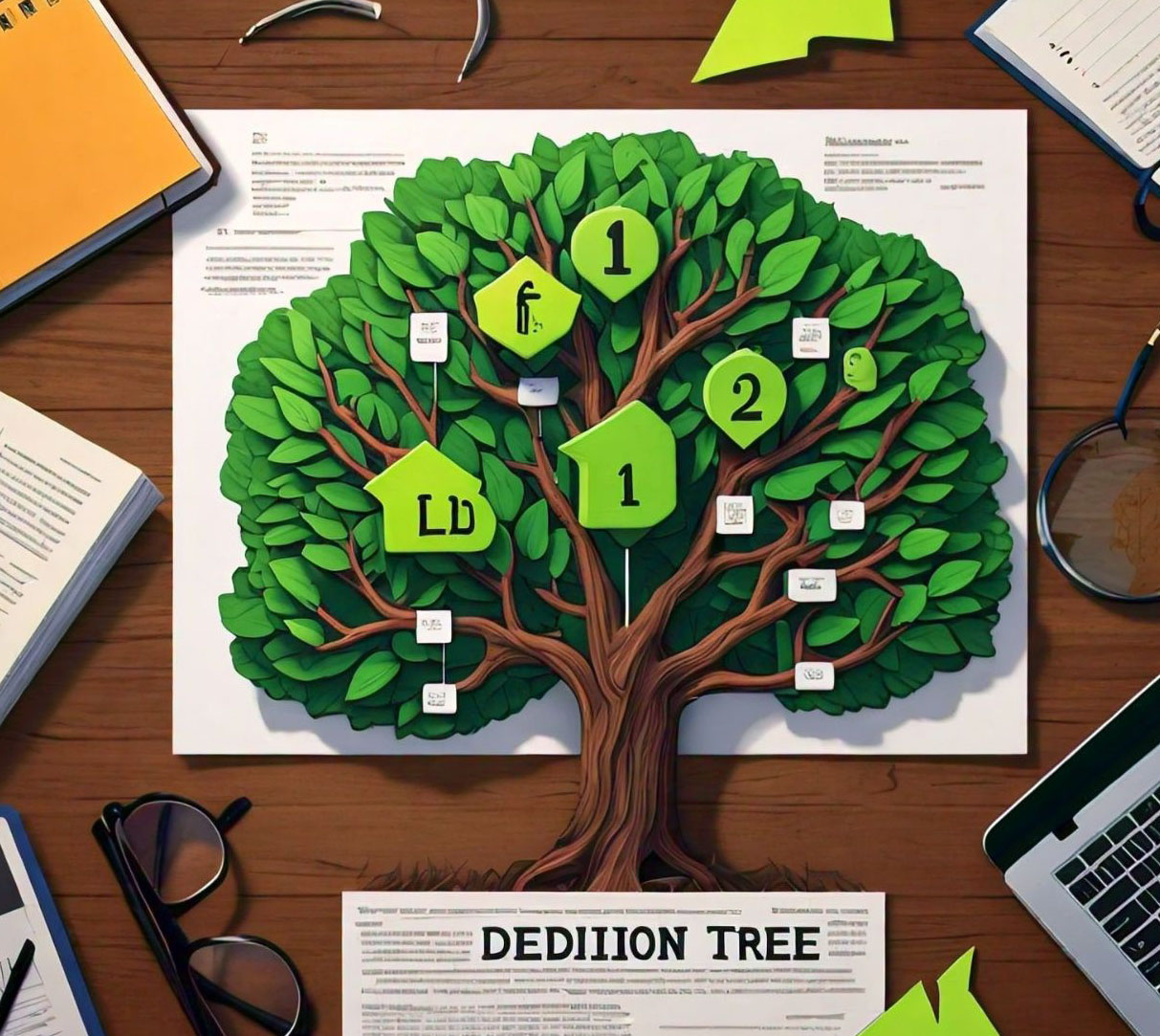Decision Trees: A Comprehensive Guide to Mastering this Machine Learning Technique
Introduction
In the realm of machine learning, decision trees stand out as a powerful and versatile tool for both classification and regression tasks. Their intuitive structure and ease of interpretation have made them a favorite among practitioners and researchers alike. This comprehensive guide will delve into the fundamentals of decision trees, empowering you to harness their full potential.

Key Takeaways and Benefits
- Understand the key concepts and principles underlying decision trees
- Learn the step-by-step process of building and evaluating decision trees
- Gain insights into the strengths and limitations of decision trees
- Apply decision trees to real-world problems and gain valuable insights
Step-by-Step Guide to Building Decision Trees
1. Data Preparation and Exploration
- Gather and clean your data, ensuring it is suitable for decision tree analysis
- Explore the data to understand its distribution and identify potential patterns
2. Choosing the Right Algorithm
- Select the appropriate decision tree algorithm based on your data and task (e.g., ID3, C4.5, CART)
- Consider factors such as data size, noise level, and desired tree complexity
3. Building the Tree
- Split the data into subsets based on the selected attribute
- Recursively repeat this process until a stopping criterion is met (e.g., maximum depth, minimum leaf size)
4. Pruning the Tree
- Remove unnecessary branches to improve the generalization performance of the tree
- Techniques like pre-pruning (stopping the tree growth) and post-pruning (removing branches) can be employed
5. Evaluating the Tree
- Use metrics such as accuracy, precision, recall, and F1-score to assess the performance of the tree
- Consider using cross-validation to obtain more reliable estimates
Applications of Decision Trees
- Classification: Predicting the class or category of a data point (e.g., spam detection, customer segmentation)
- Regression: Predicting a continuous value (e.g., house price prediction, sales forecasting)
- Feature Selection: Identifying the most important features for a given task
- Rule Extraction: Generating interpretable rules from the decision tree

Code Snippet: Building a Decision Tree in Python
import pandas as pd
from sklearn.tree import DecisionTreeClassifier
# Load the data
data = pd.read_csv('data.csv')
# Create a decision tree classifier
clf = DecisionTreeClassifier()
# Fit the classifier to the data
clf.fit(data[['feature1', 'feature2']], data['target'])
# Predict the target for new data
predictions = clf.predict(new_data[['feature1', 'feature2']])Conclusion
Decision trees offer a powerful and versatile approach to machine learning. By understanding the key concepts and implementation steps outlined in this guide, you have gained the necessary foundation to apply decision trees effectively. Remember, the key to mastering decision trees lies in continuous practice and exploration.
Next Steps
- Dive into more advanced tree-based methods like Random Forests and Gradient Boosting Machines
- Explore different tree algorithms and parameters to optimize your decision trees
- Apply decision trees to solve real-world problems and gain valuable insights
- Share your knowledge and collaborate with others in the machine learning community

Leave a Reply